Wood and carbon fiber are anisotropic materials, that is the reason for its similarities.
As I said in the first article —you can read it here—, what we often call carbon fiber is the composite material formed by a matrix (carbon fiber —the material that gives strength) and a binder (epoxy —the glue of those fibers). Please, keep this in mind because it is essential to understand what I want to explain in this article.
In Material Science, an anisotropic material is the one that implies different properties in different directions. As an example, the wood is easier to split along its grain than across it, and this is the point that I want to highlight.
How many times you have screwed a screw at the tip of a wooden stick or plank, and the wood has split? I don’t know about you, but me, many times.
So, what happens if you NEED the screw on the tip of the plank? You have to find a solution, right? The first answer that comes to my mind is to make a hole a little bit smaller than the diameter of the screw. In that way, you reduce the radial pressure and it doesn’t break. But, is it the best solution? The answer is, not always. You have only decreased the chance of that to happen, but it is possible to do it better.
So, why not to take a piece of the same wood, turn it 90 degrees and glue it at the tip of the plank. Now you have fibers in two directions helping each other to avoid the edge to split. The next picture probably explains it much better than my words.
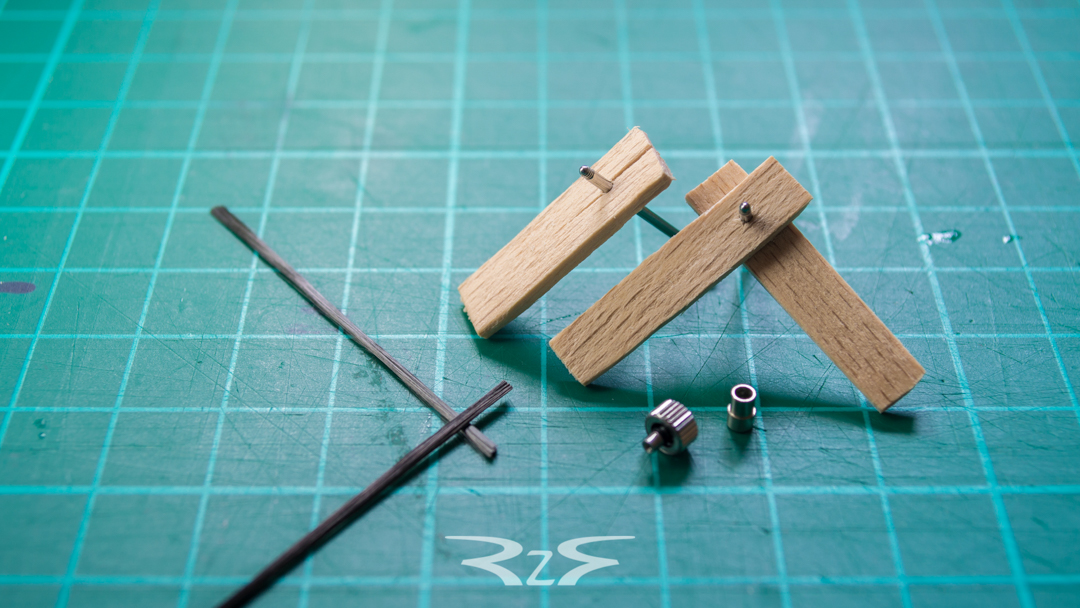
Two strips of carbon fiber, wooden stick broken because of the pressure and two sticks glued together with the fibers turned 90 degrees.
Carbon fiber works like wood in a sense. Therefore, when designing a watch and its components, we must keep these properties in mind. We have studied all the possibilities and following the laws of physics and the theory of anisotropic material; we have created something new to solve most of the problems. As engineers and designers, we have to pay attention to how to install the components on the watch and where the forces are to create a durable product. For instance, if there is an element that has to be assembled in a way that could cause the carbon to break, we change the way it is attached to the carbon fiber to minimise the pressure that it applies, and therefore we eliminate the risk of failure. However, if there is a part that could be under extreme force, we don’t think twice, we embrace the problem, and we change the directions of the fibers, and problem solved.
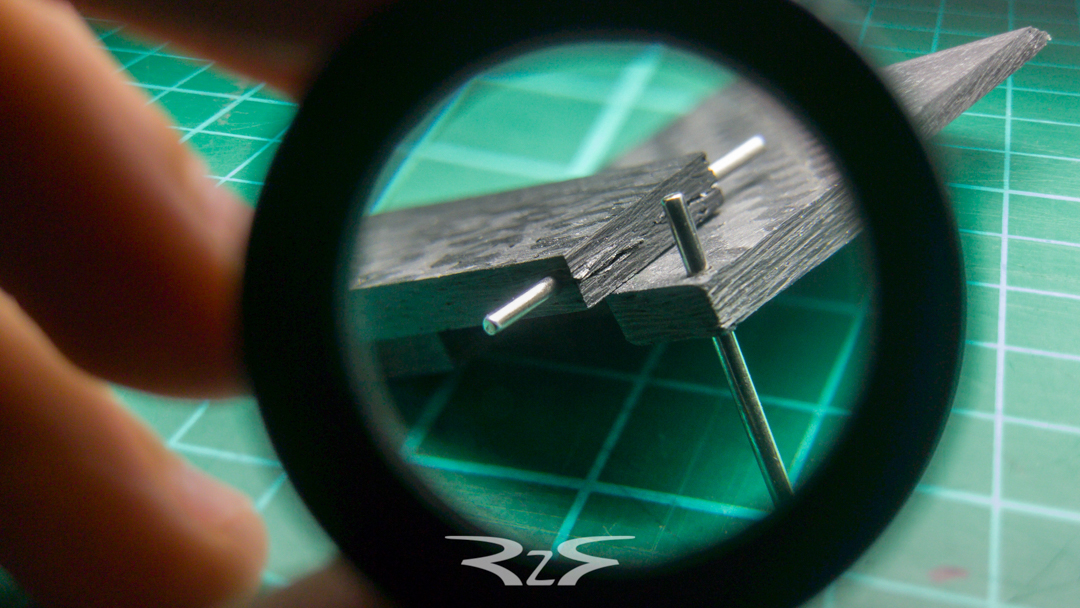
The left carbon fiber piece didn’t support the pressure because the fibers are not placed right. However, the right part even under the same pressure it doesn’t break because the fibers are doing its job.
Nonetheless, it must be repeatable; we must be able to make a series of watches, it has to be as much cost-effective as possible, etc. Consequently, we took a technology that works for a different industry, we modify it, we downscaled it and here is where we are, making a watch with a passion that only the people that have seen the whole process can understand.
We believe that we are a step forward, where usually only the top watch companies go, and we are very proud of it.
I hope you have learned something new today or at least the article has improved your knowledge about what you already knew.

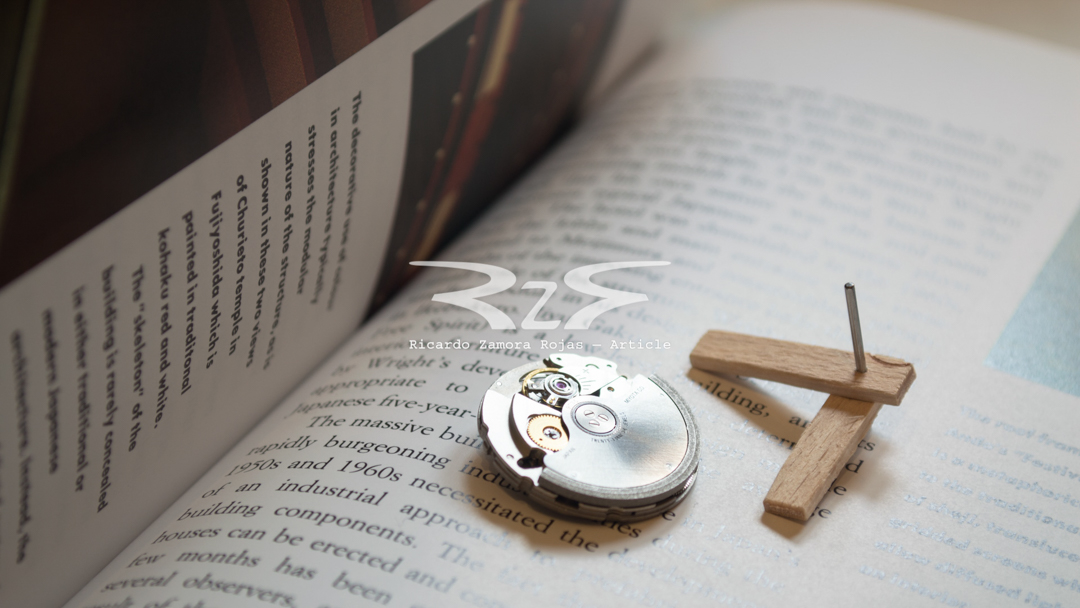
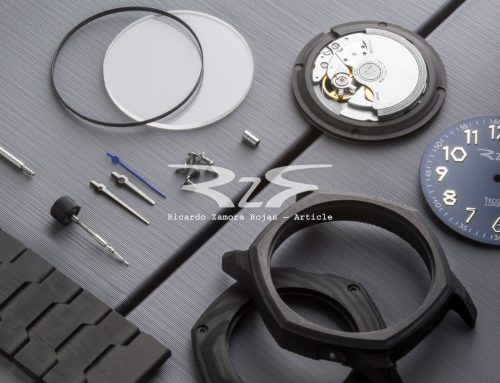
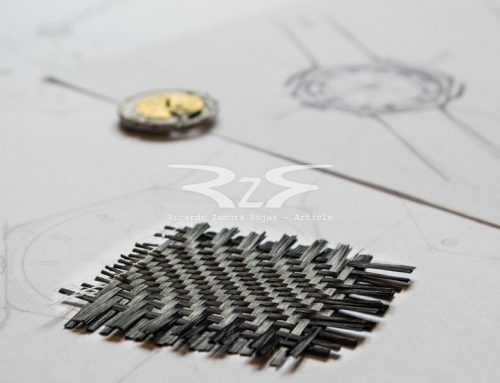
Leave A Comment